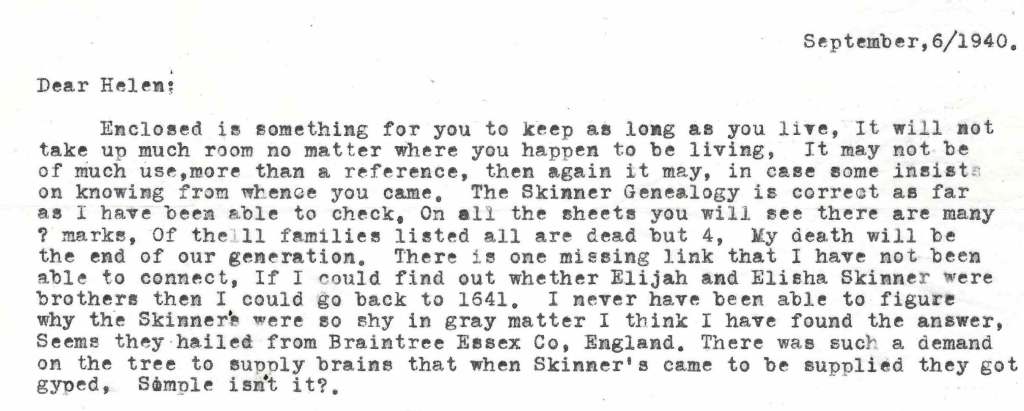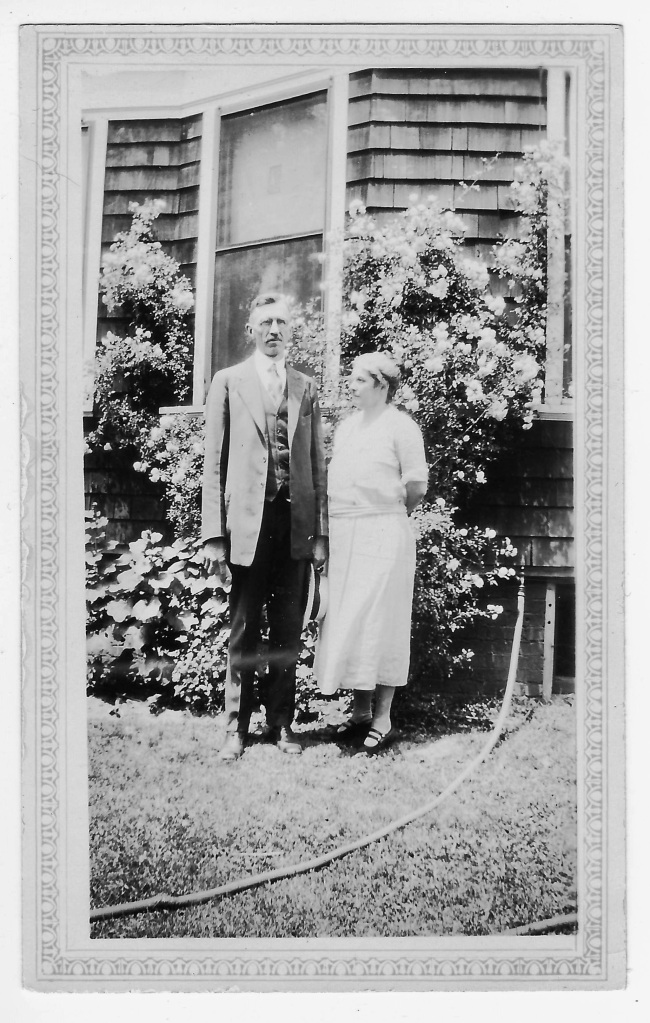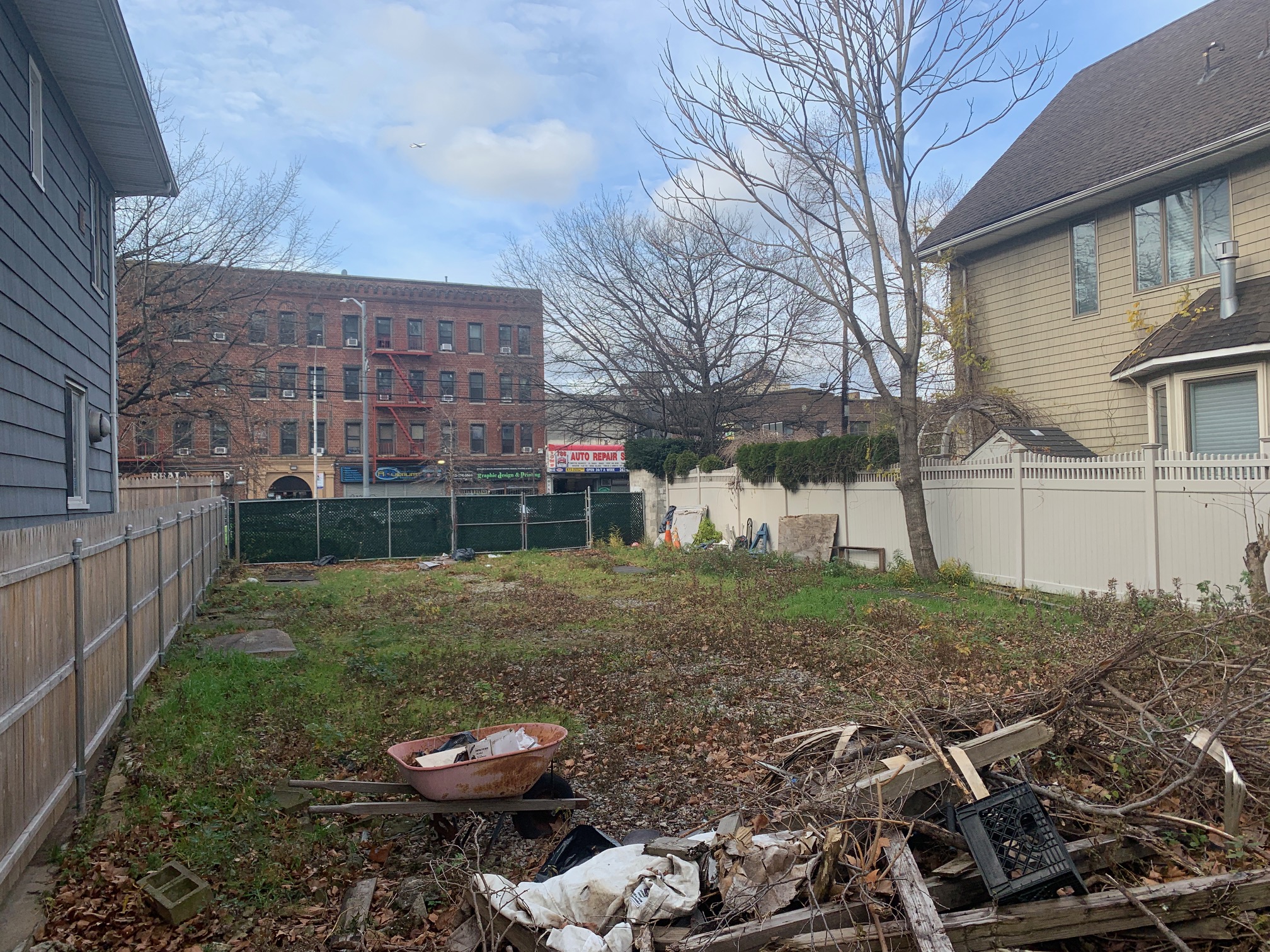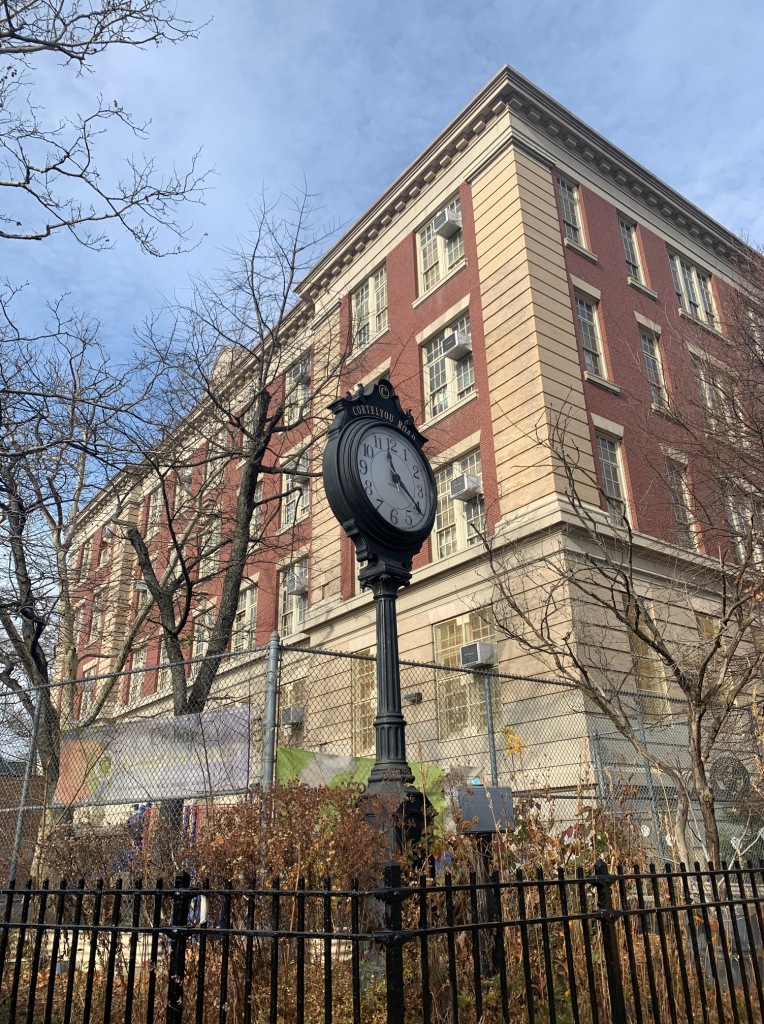Helen didn’t have the final version of letters that she sent, but being such a detailed person (with foresight), she had drafted them first and kept the drafts (at least a few of them). And she had received some letters as well. There is one from her father, Frank Skinner, on wafer thin airmail paper, from 1940, about the family:

The evolution of Frank’s Skinner line, as he notes, ended with him. I like her father’s non-sequitur self-disparagement about Braintree and a lack of brains on the tree (though it is more a family-disparagement than a self one).

Halley’s Comet
The letter below doesn’t indicate to whom it was written or when, but based on the bit about Halley’s comet, it was after 1986, so she was at least 82. This is from Helen to someone who knew of Menands (where she was born, near Albany). To paraphrase:
Only once have I met anyone who knew where MENANDS NY is located.... My parents, Gertrude and Frank Skinner, took their daughter Helen to live in New York City when I was six months old.... One summer in the early thirties I drove through Menands on the way to somewhere else. So much for one’s old home town.
Side note: Somewhat strange that they moved from a super small town upstate New York to the great big Manhattan with a six month old baby. Perhaps for a job? Family? Regardless, when I picture the little family in NYC, I envision people dressed up in complicated looking long black attire with big hats, scurrying about super fast, like in those old choppy black and white videos.
I have never known where or how long we were in NY but next we moved to Brooklyn. The Skinners occupied the second floor of a house and mother’s brother Jack Bunyan, his wife Jessie and their new baby Betty had the lower floor. Two things I remember: There was a dumbwaiter which could be pulled up or down between the two kitchens and at some point Betty and I rode up and down on it (well supervised) to visit each other; 2) one night I recall mother taking me to the bathroom, closing the toilet lid and standing me up on it so I could look out the window (it was the only window on that side of the house) where the sky was bright as day -- a blazing light. She said to me ‘remember this: you’ve seen Halley’s Comet, and it won’t be back for 75 years.” I regret that while I was still around for the comet’s next appearance, it was performing in the Southern Hemisphere, and I missed it.
Side note: I’m not sure where the dumbwaiter duplex was other than it was in Brooklyn. Haley’s comet made appearances in April 1910 and April 1986. She would have been seven for the first one, 82 for the next. The next next one is in 2061, fwiw. And I love the imagery of the comet ‘performing’ in the Southern Hemisphere, like it was on tour.
The Bunyans and Skinners bought houses next to each other at XXX and XXX Stratford Rd. Our two backyards fenced around the outside made a wonderful playing space. The back of our lots faced on Coney Island Ave where streetcars went to that destination and in summer... Bathing suits were jumper like garments which came just below the knee, elbow length sleeves, black bloomers and black stockings and sneakers.
Side notes: Stratford Road is south of Prospect Park and is now the Flatbush/Kensington neighborhood of Brooklyn. Zillow told me the house remaining (one was an empty lot) was still the original house, so the same one that she (or Betty) lived in.


I went to Kindergarten at PS 139 (rah rah rah the rose and the pine. Long live, long live 139).
Side note: This school exists and operates and is a few blocks north of the house on Stratford Road. Some sleuthing shows it was built in 1902. And I hope that is still their fight song.
The school looks like an old East Coast educational facility, and one that I imagine is purported to be haunted. It was built in 1902 and it looks old, so some of it must be original.

Draft Letter II – this letter was written by Helen in the late 1970s. The draft letter is five and a half handwritten pages and details family history from early 1800s – 1990s, but only a little is about her childhood and I’ll just include that (for now…). After a quick intro, she starts:
I never had the slightest interest in ancestors until most of the people died who might have helped to fill the family tree... However, if you prefer to have your ear bent, I’ll bring you up to date on the ones I know. In 1916-18 I went to St Paul Minn to stay with my mother’s half-sister Mary Mead Cavert, while I was in my first 2 years of high school. I then returned to Brooklyn to graduate from Erasmus Hall High in 1920.
Side note: This was not a short trip. It’s an 18 hour drive by today’s standards. Erasmus Hall High is still standing.
I don’t know where you dreamed up ‘at college in Missouri’ for I went to Columbia in NYC - I admit I wasn’t home very much, for I lived in a dorm, camp in the summer, I was a counsellor at varsity camps.
Side note: this is the only time she mentioned Columbia, and I still think it’s strange she didn’t brag more about it. She says the family moved to Arlington, New Jersey in 1920, which is when Helen started college and never went back home to live. I’m not sure if the cousin’s family moved with them so they could continue being neighbors.
The letter picks up again in the late 1930s and everyone will have to wait to hear about that.
Online Account – a remembrance of things past
Through Googling, I found a bit more nostalgia about young Helen. The material is from Chapter 6 of a book called The Mead Family, written by Jane Mitchell (the names Mead, Cavert, and Bunyan all appear — all on the mother’s side). Helen contributed to the book, and writes about her time with her cousin and bestie Betty:
Betty was known to her best friends as Lizzie Smellie Onion (her full name was Elizabeth Smeallie Bunyan). We were brought up almost as twins. We would shout between our houses (we didn’t have a phone) “What are you going to wear?’ by way of starting the day. She was in our house as much as in her own. We spent many summers at the Mead farm until I was sent off to St. Paul for 2 years in 1917.1
Smellie Onion is a very fun nickname (Betty is the girl scowling in the pictures in the last post, but that she allowed her best friends to call her smelly onion indicates she did indeed like fun). The pictures of the kids in the last post were taken at this Mead farm in West Charlton, New York. Betty comes up later in Helen’s story as well, and it seems they stayed very close (not geographically though).
I recommend that you to read the description of the Scotch church in the link above. It paints a picture of a colorful congregation in their Sunday best, crooning away to hymnals in a small old musty house of god, with Helen and Betty pilfering candies and trying not squirm. You can kind of picture it (and smell it).1
Now we will move onwards and upwards to the 1930s (literally upwards, as there are airplanes).
References










